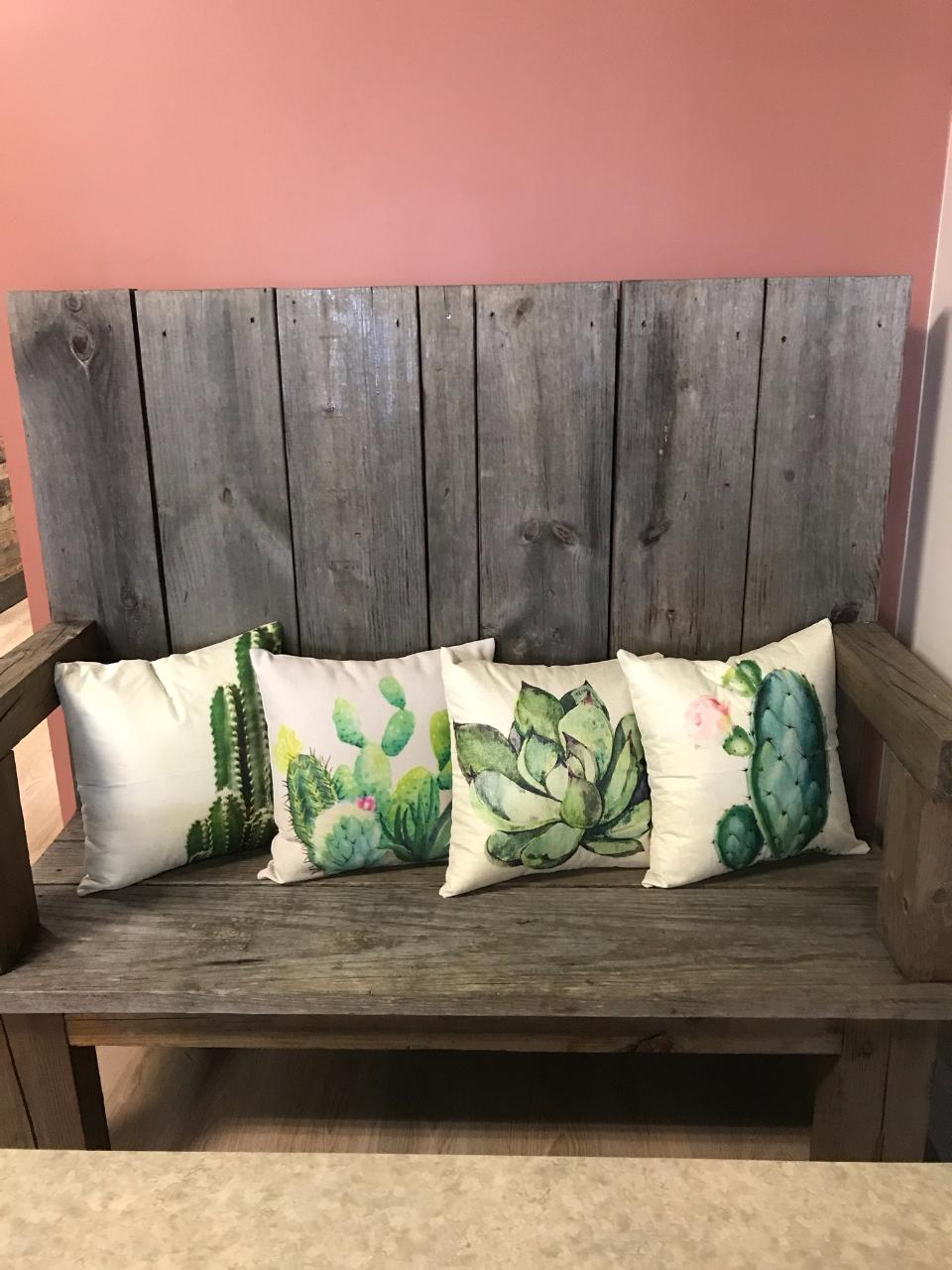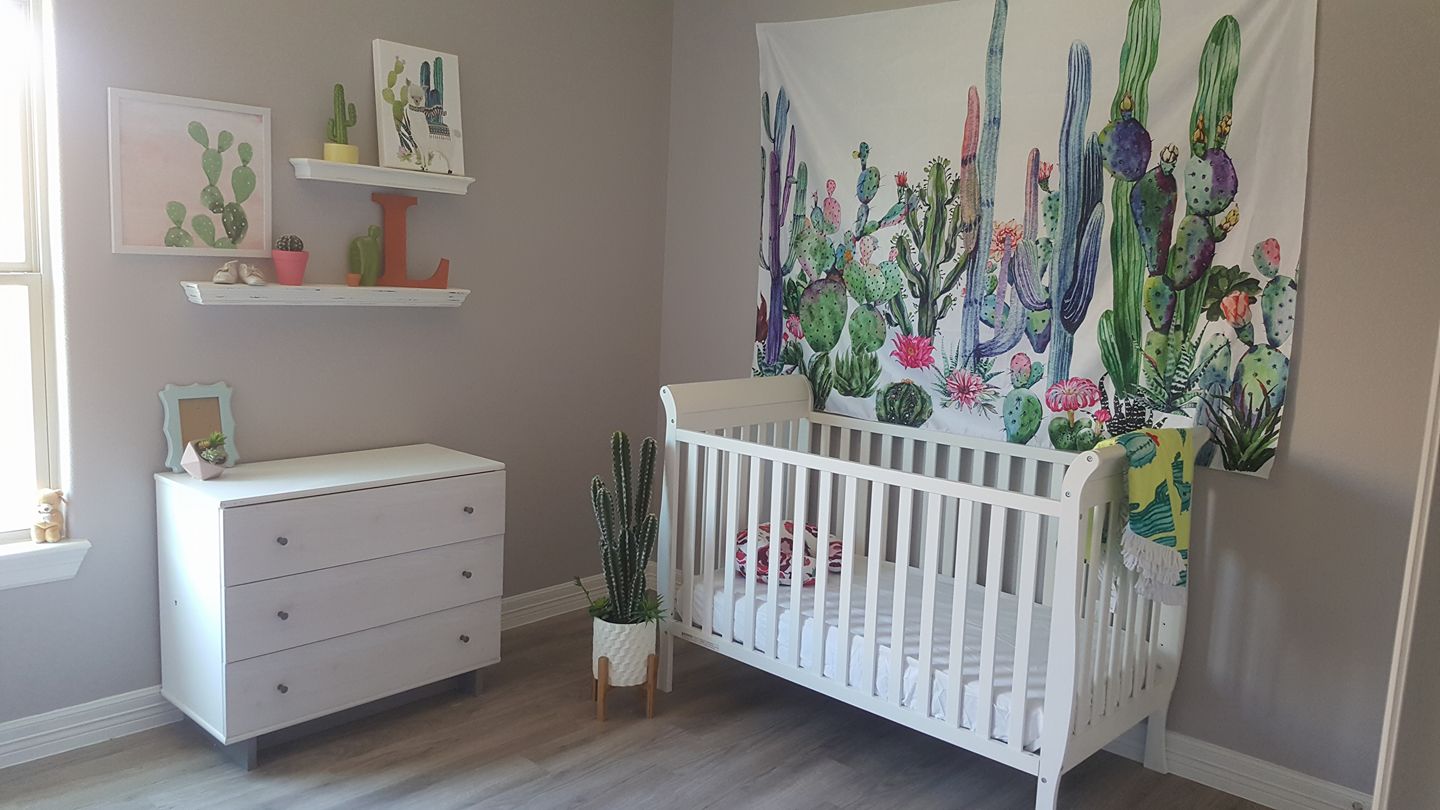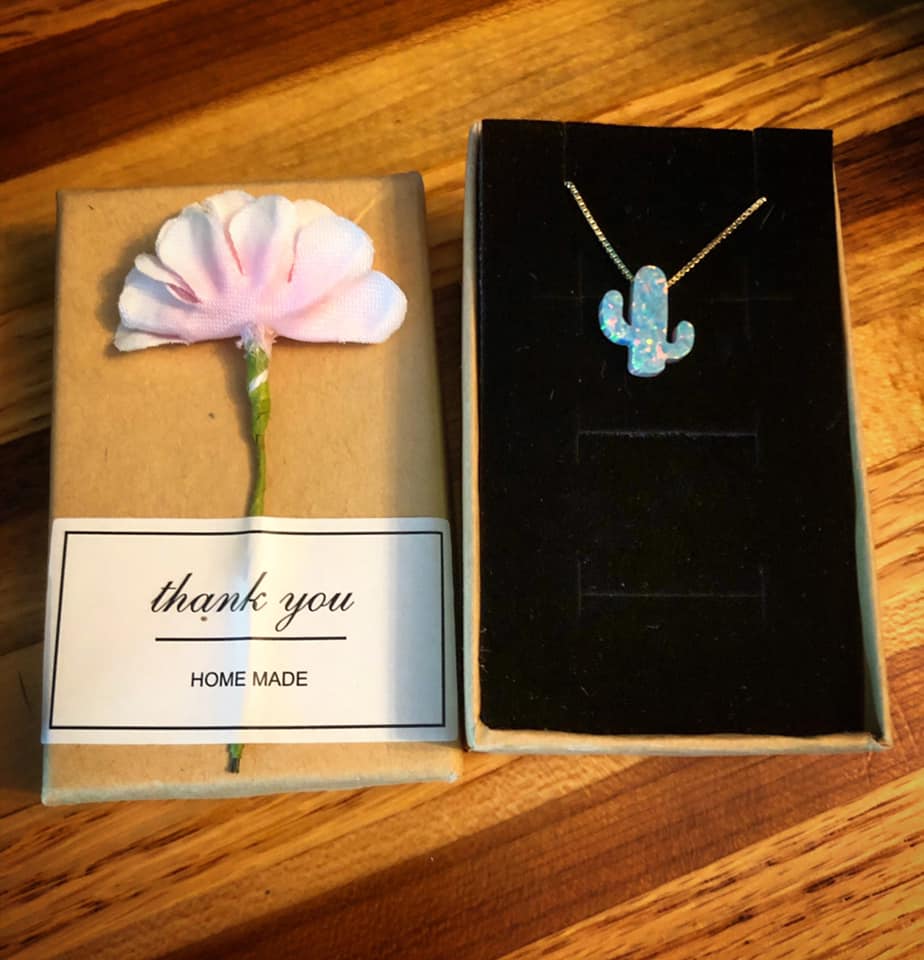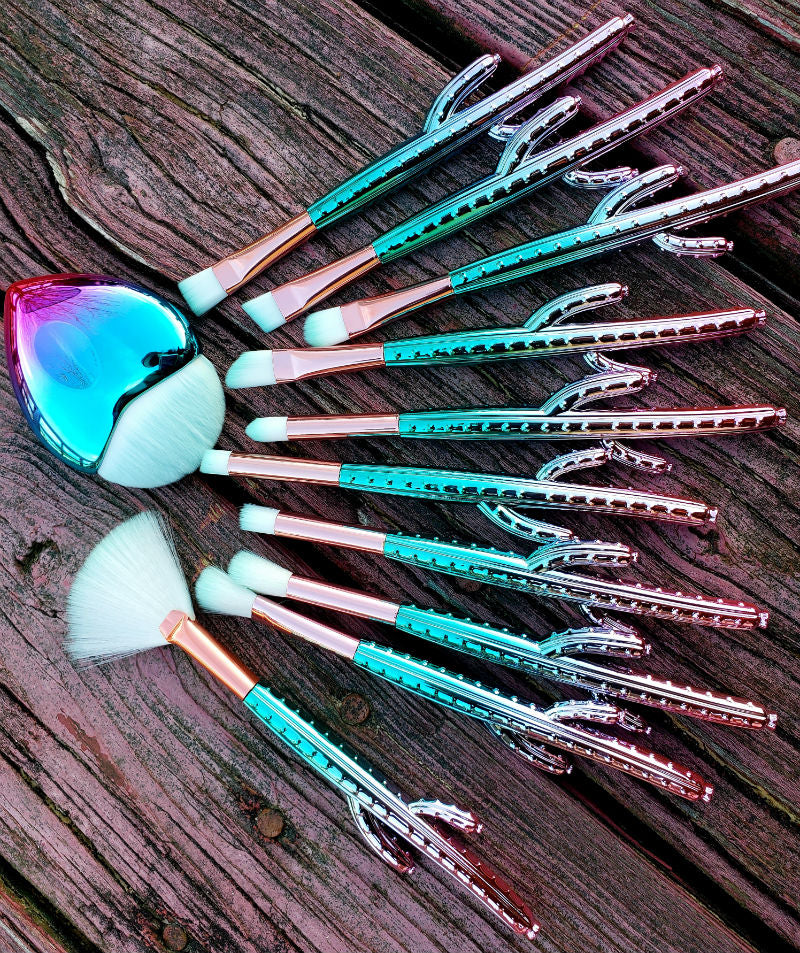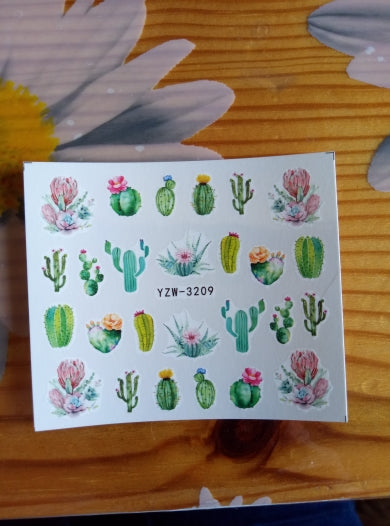Succulent Plants that Flower are Like Nature's Delightful Surprises!

They not only have beautiful leaves but also give us stunning flowers, adding bright colors and delight to our indoor or outdoor spaces.
Here are some the most popular succulent plants that flower known for their colorful blooms:
Echeveria plants are very popular succulents that come in different shapes and colors. Echeveria blooms are bell-shaped flowers on tall stems, usually in pink, red, orange, or yellow. Some well-known flowering echeverias include these two similar plants...
Echeveria elegans:
You can get yours here >> https://amzn.to/3q2L7CS
Echeveria Lola:

You can get yours here >> https://amzn.to/3BLqde6
Information on how to grow Echeveria Succulent Plants
Haworthias are loved for their cool patterns and textures. They grow small, tube-shaped flowers on long stems, usually white or light pink. The flowers are simple but add a nice, delicate touch to the plant.

You can get yours here >> https://amzn.to/4aLz7aj
Kalanchoe plants are known for their showy clusters of small, colorful flowers. They come in various shades of red, pink, orange, yellow, and white. Kalanchoe blossfeldiana, also known as Flaming Katy, is a common variety with vibrant flowers.

You can get yours here >> https://amzn.to/3WrwFQO
Aloe plants are well-known for their healing properties and unique rosette-shaped leaves, but many also produce amazing flower spikes. For example, Aloe vera can grow tall stalks with tube-shaped orange or yellow flowers.

You can get yours here >> https://amzn.to/3IAxOzM
Information on how to grow Aloe Plants
Sedums, or stonecrops, are a group of succulents with different flower colors and shapes. A popular type, Sedum 'Autumn Joy', blooms with clusters of pink flowers in late summer and autumn.

You can get yours here >> https://amzn.to/45s9utF
Crassula plants, such as Crassula ovata (Jade Plant), are popular succulents that can produce small bunches of star-shaped flowers. The flowers are usually white or pale pink and can add a nice touch to the plant's pretty leaves.

You can get yours here >> https://amzn.to/3q7jZCI
Sempervivum, also called Hens and Chicks, are rosette-shaped succulents that usually flower in their second or third year. They grow tall stalks with bunches of small, colorful flowers. The flower colors can change depending on the type of succulent.

You can get yours here >> https://amzn.to/3IBJ8f9
Adromischus plants, like Adromischus cooperi, are small, compact succulents with interesting leaves. Some types grow small, tubular flowers on long stems. The flowers can be pink, red, or white.

You can get yours here >> https://amzn.to/49KsFAl
Lithops, also called living stones, grow daisy-like flowers that come out from the center of the plant. These flowers are usually white or yellow and look amazing against the stone-like leaves.

You can get yours here >> https://amzn.to/3VrmPje
These are just a few of the many samples of succulent plants that flower. Remember, the time and frequency of flowers can change based on the type of plant and how it’s grown.
When choosing succulents that flower, think about things like color, size, and how much care they need. Make sure they match what you like and how much time you have to take care of them.
Preparing Your Flowering Succulents for Blooming
Soil and Potting Mix: The Base for Healthy Succulent Blooms
Regular potting soil holds too much moisture and doesn't drain well enough for succulents.
To help your succulents bloom well, start with the right soil. They need well-draining soil to grow healthy. You can use a cactus or succulent soil mix, or make your own by mixing regular potting soil with coarse sand or perlite. This helps prevent water from staying around the roots, which can cause rot and stop the blooming.
Good soil supports the roots and provides nutrients for growth and flowers. Adding a little organic matter, like compost, can give your succulents extra nutrients. Remember, healthy roots mean healthy blooms.
With succulent container gardening picking the right pot is as important as choosing the right soil. Use pots with drainage holes to stop water from sitting at the bottom. This helps keep the well-draining environment that succulents need. Terracotta pots are a great choice because they let air flow to the roots.

Consider the size of your succulent when selecting a pot. A pot that's too big can hold too much water, while a pot that's too small can limit growth. Make sure the container gives enough space for the roots to spread and the plant to grow.
Decorative pots can enhance the look of your succulents. Whether you like simple designs or colorful, patterned pots, the right container can highlight your flowering succulents. Remember, while appearance matters, the pot must function well.
By providing the right soil and picking good pots, you create the perfect environment for your succulents to thrive and bloom. With these basics covered, your flowering succulents will reward you with beautiful displays and vibrant colors, brightening up any space.
Watering Tips for Flowering Succulents
Watering succulent plants that flower the right way is key for their health and blooming. Succulents are drought-tolerant plants and a common mistake is giving them too much water.
Succulents store water in their leaves and stems, so unlike most houseplants, succulents are used to dry conditions and need less water.
While it might seem like they need regular watering, succulents actually prefer to be watered less often. Watering succulents too much can cause root rot, which is very harmful and can kill your plant.
But for flowering succulents, there are a few things to keep in mind. During their growing season (spring and summer), water them every two to three weeks. This lets the soil dry out completely between waterings, which is very important for their health.
As an Amazon Associate we earn from qualifying purchases.














